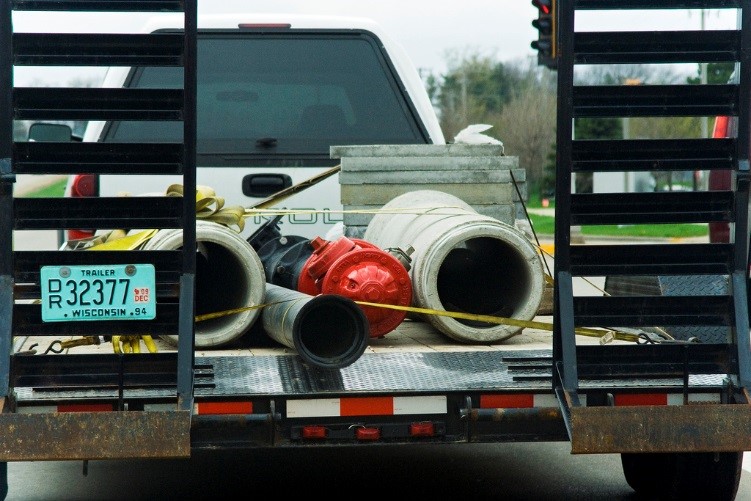If you’ve ever had to have your vehicle’s transmission repaired or replaced, you are surely already aware of the huge hassle and expense involved. The transmission is not only one of your vehicle’s most important components, but also one of the most expensive to repair. In fact, the average cost of a transmission rebuild is around $2,600 to $2,800, and you could end up paying anywhere from $3,000 to $8,000 for a transmission replacement. With this in mind, here are a few simple tips to help prolong the life of your transmission and hopefully keep it from dying out before its time.
Inspect Your Transmission Fluid Regularly
The good news is that, with proper care and maintenance, most new transmissions are built to last for well over 100,000 to 120,000 miles, which should equate to at least a few years. Nonetheless, should you neglect the basic transmission maintenance, you’ll likely be facing huge repair bills in potentially have this time or less. In this sense, the vast majority of problems are related to the vehicle either not having enough transmission fluid or the fluid being overly dirty. One of the easiest things you can to do prevent these issues is to ensure your vehicle always has plenty of transmission fluid. Most experts recommend checking your transmission fluid monthly to make sure that it is up to the recommended level and isn’t becoming overly dirty.
Schedule a Full Transmission Service Every 30,000 Miles
Getting your transmission serviced is essential to prolonging its lifespan, and most manufacturers recommend a full transmission service every two years or every 30,000 miles. Of course, it may be necessary to have it serviced before if the fluid becomes overly dirty. Still, you definitely don’t want to wait any longer than this as the transmission fluid isn’t the only potential problem. A full service involves draining the old fluid and replacing it with new transmission fluid. A new filter is also put in to ensure the new fluid stays cleaner for longer. Alternatively, you could opt for a transmission flush, which some experts find to be more effective at preventing potential problems.
Consider Switching to Synthetic Transmission Fluid
Many manufacturers have switched over to using synthetic transmission fluid in most of their new vehicles. Nonetheless, if you have an older vehicle, there is a high chance it still has conventional fluid. If this is the case, you should definitely consider switching over to synthetic fluid the next time you get your transmission serviced. The reason for this is that synthetic fluid is proven to be far better at resisting heat and preventing shearing and friction, which equates to better protection against possible damage.
Don’t Neglect Your Engine’s Cooling System
Excessive heat is one of the primary causes of most transmission problems as transmission fluid tends to break down and become far less effective at higher temperatures. In this sense, your vehicles cooling system plays a hugely important role in helping to prevent potential transmission problems by ensuring your engine stays cooler. In this sense, it is also essential that you regularly check your level of engine coolant every month or so. As well, your cooling system also needs to be fully inspected and serviced at least once every two years.
Although there are a number of differences between manual and automatic transmissions, the basic maintenance tasks are mostly the same for both. Moreover, both types of transmissions can suffer from the same basic issues should you neglect this essential maintenance. In light of this, it is essential that you contact a transmission repair service the second you notice any sign of a potential problem. If you’re lucky, you might catch an issue early on before it has time to cause more serious damage.






